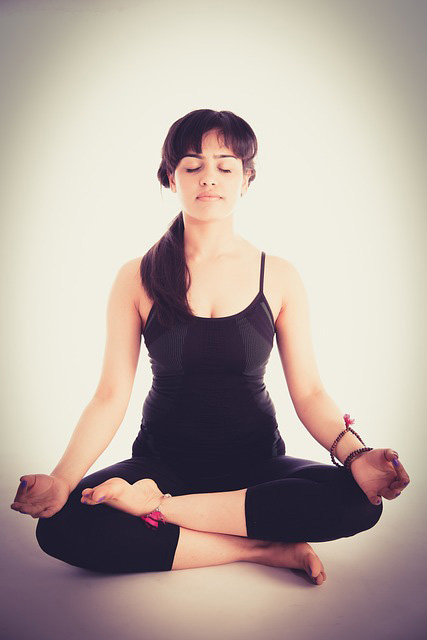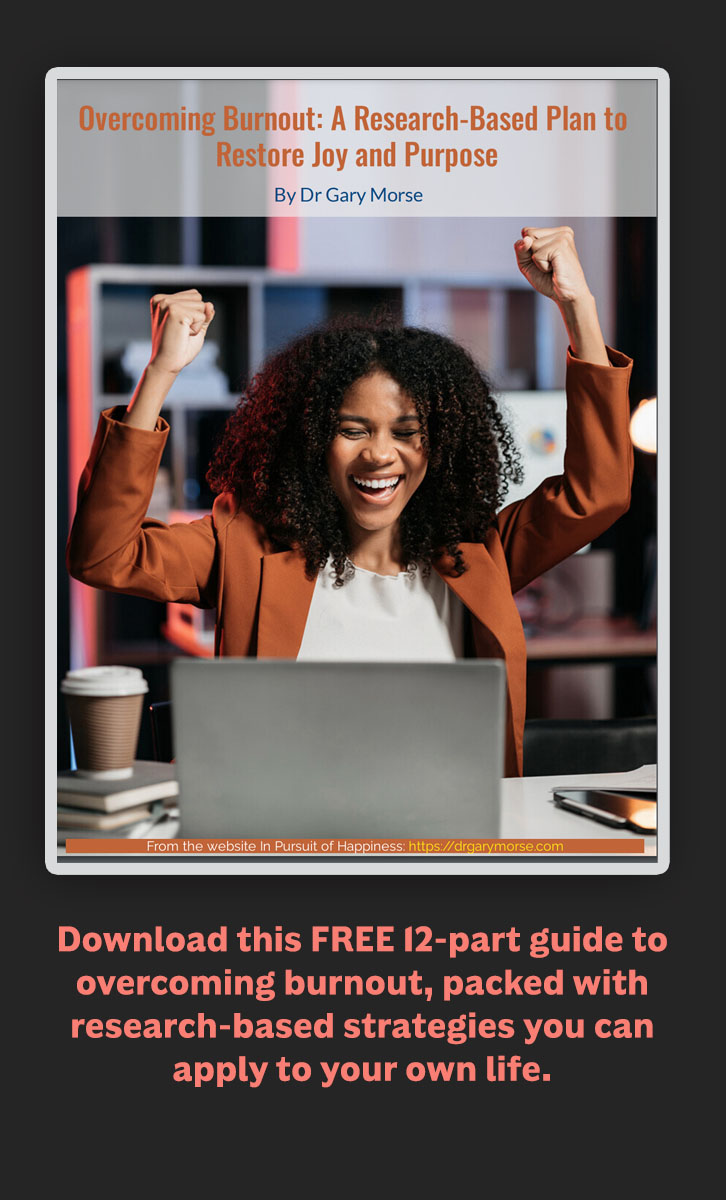You can learn in this eighth post in the Overcoming Burnout series a simple physical strategy for reducing your stress level at work.
Physical practices are essential for improving our overall health and well-being—and they are also an important strategy for preventing burnout.
Practices as divergent as regular aerobic exercise, getting up from your workstation and regularly walking about, and using a standing desk with a walking treadmill have all been found to be helpful.
In addition, BREATHE promotes four physical strategies for helping to reduce work stress and burnout:
- Desk yoga
- Sleep hygiene/limiting blue light
- Body scan
- Outdoor mindfulness moment.
This blog teaches very simple desk yoga practices. You can learn how to use the sleep hygiene, body scan, and outdoor mindfulness moment practices in the upcoming book, Finding Purpose in a Burned Out World: How You Can Overcome Burnout,.
Desk Yoga
As mentioned in the post on using Core Contemplative Practices to fight burnout, the regular practice of yoga is one method that reduces stress by bringing about the relaxation response, with its accompanying physical, emotional, and spiritual benefits. However, our workplaces don’t typically provide the time or space for regular yoga practice (although some companies do offer yoga at lunch or after hours) and job stress accumulates, often taking a physical and emotional toll on us.

Photo by Mikhail Nilov on Pexels
But fortunately, even a few quick, simple yoga stretches, coupled with deep breathing, can help reduce stress during the workday and help prevent burnout.
One very simple practice is to give yourself a yoga stretch or shoulder massage.
These can be especially helpful since many people carry stress and tension in their shoulders and neck.
You can do this practice at a set point in time, such as for a mid-morning or mid-afternoon break, or when you the feel the need, such as when you notice that tension is building in your body or psyche.
Here’s how it works:
- Sitting at your desk (or standing at your workstation, as the case may be), start by taking a deep, diaphragmatic breath (as shown in a YouTube video) and simply notice how your body feels, especially in and around your shoulders.
- Take a deep breath in and raise your shoulders in a full, even slightly exaggerated motion, as if you were trying to touch your shoulders to your ears. Hold that position for a few seconds.
- Relax your shoulders, letting them drop suddenly, and as you do so, exhale forcefully.
- Repeat the motion several times.
- Now, notice your breathing—is it slower?
- And pay attention to how your body feels, especially in and around the shoulders. Is there any sense of relaxation or tension reduction?
An alternative version of this shoulder massage is to
- Roll your shoulders up and back, imagining you’re trying to touch your shoulder blades together in the middle of your back.
- Breathe in as you pull your shoulder blades together and then exhale as you quickly release the stretch.
- As with the first shoulder stretch exercise, repeat the motion several times while observing your breath.
- Also pay attention to the feel of your shoulders and notice any change in tension or relaxation levels that occurs after a few stretches.
One or the other shoulder stretches may give you a greater sense of relaxation. If so, you can pick your favorite to repeat each day—or even multiple times, especially on stressful workdays.
Or you can do both exercises. Even practicing both exercises takes only a few minutes but can yield some protection from the buildup of stress in your body and emotions.

Pexels from Pixabay
Desk yoga, which can be reinforced by other physical strategies described in the upcoming book, Finding Purpose in a Burned Out World: How You Can Overcome Burnout, can help to reduce stress and fight off burnout.
If you want to explore more easy-to-practice, short yoga exercises for the workplace, you can find a number of other simple “arm chair” or “desk yoga” exercises online, including in this six-minute YouTube video.
An advantage of desk yoga is that it is very easy to learn and quick to practice.
Can you take a few minutes to give it a try and see if it reduces your stress level and improves your well-being?
Lead photo by L B on Unsplash



Follow Me: